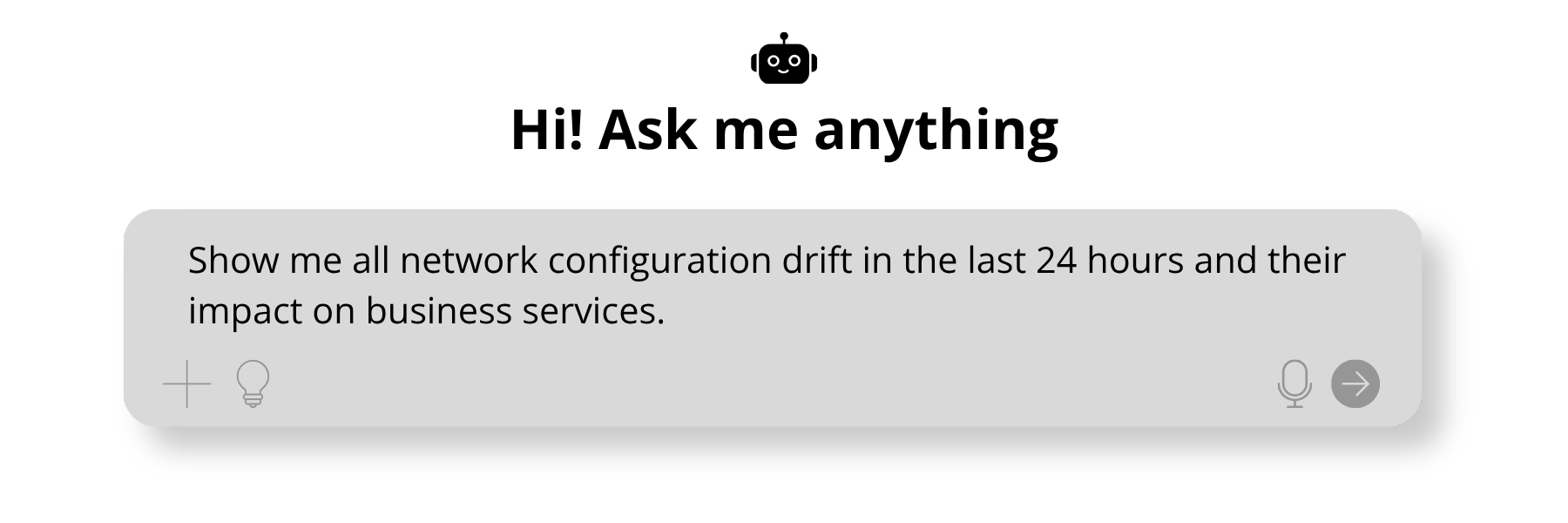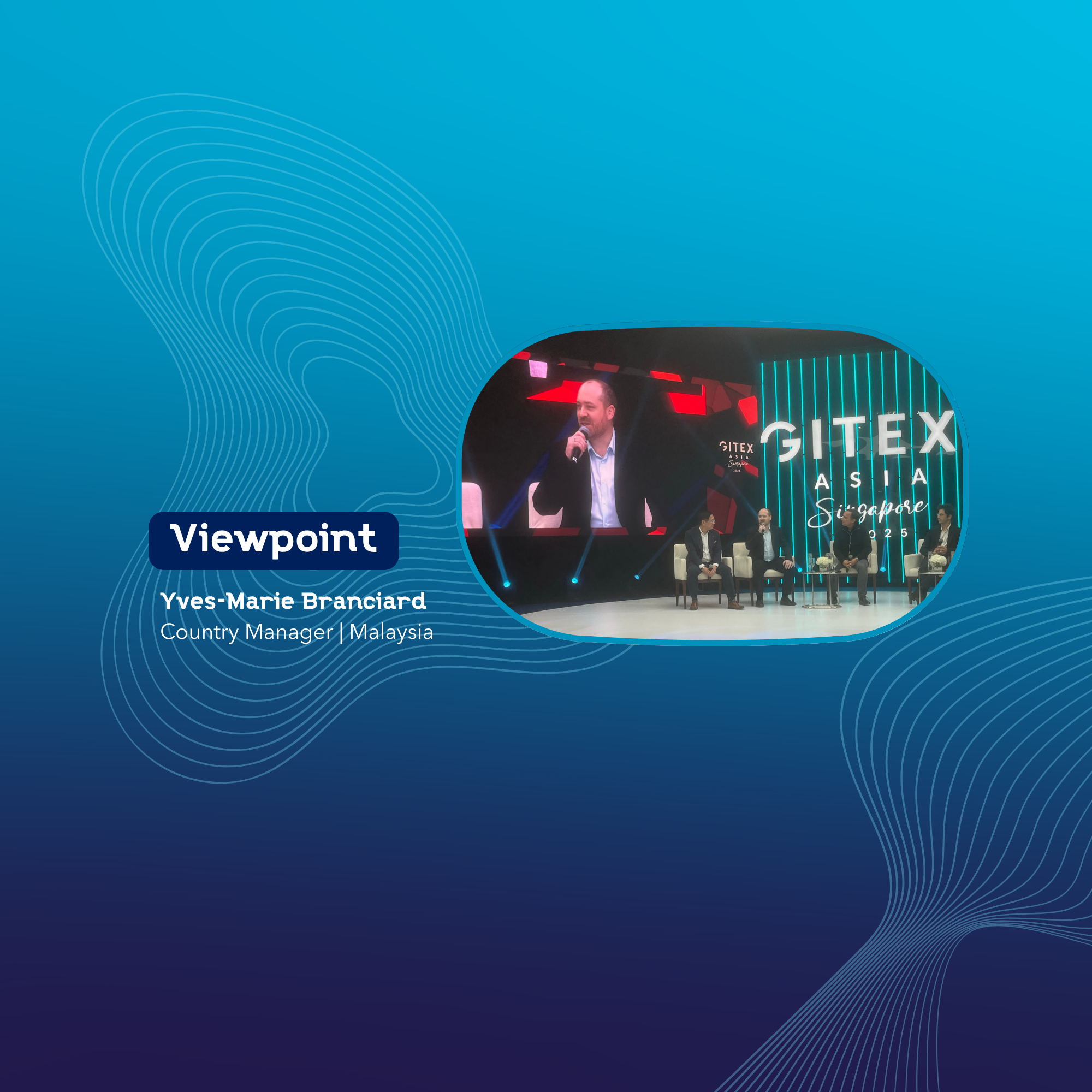The AI paradox: when data meets innovation
-
During four intensive days in Singapore, participating in both Asia Startup Summit 2025 and GITEX Asia, I witnessed an interesting paradox.
”
Things I noticed
-
Everyone sticks to their comfort zone
Large corporations revealed a common challenge, while Startups presented the opposite problem.
On one side: Corporate executive
They represent major enterprises, sitting on years of accumulated data, yet still struggling to identify concrete use cases that would justify investing in AI.
On the other side? Startup founders.
They had built promising AI solutions for specific problems but need access to enterprise-scale data to validate their assumptions, experience scalability and complex integration with Enterprise IT (process, data, …) to finally confirm a market fit.
AI: the 2-Speed Paradox
-
...a real mismatch.
Those with the fuel can't decide which engine to build without ROI proven use-cases, while those with the engines can't access enough fuel to validate the promising added value of their solutions.
The corporate Dilemma: Data Rich, Use Case Poor.
They've spent years building data lakes, but when it comes to AI, they're paralyzed by choice. Without clear ROI frameworks, they default to safe implementations (marketing analysis, news surveys, competitive intelligence) rather than tackling core business processes.
The result?
Most enterprise AI deployments we encountered weren't touching the data that drives strategic decisions. They were staying in the shallow end, processing information that's useful but not transformational. This is particularly true for underlying IT infrastructure data, which often carries significant inherent technology debt and legacy constraints compared to application layer data.
The Startup Challenge: Solutions in Search of Scale
They'd identified specific pain points and built targeted solutions, but their demos ran on sanitized datasets that couldn't simulate real-world complexity.
Some startups operate under the assumption that simply exposing all available data to LLM models will deliver value. This approach overlooks the controls, consistency checks, security protocols, and validation processes that enterprise-grade solutions require.
Time for an Infra reality check
-
Real Case Scenario
What about IT infrastructure data?

Let's consider AI for IT infrastructure through a real scenario
Asking an AI system the kind of AIOps analysis that could transform operations.
When we applied this vision to MNCs infrastructure, reality quickly set in, before any AI could provide meaningful insights.
Are you AI-Ready?
-
Here are the 2 main Challenges
Before considering exposing this data to AI solutions.
1st Challenge: Achieving Reachability to all related network components
A task that can became a 6-to-8-month project - without any ROI yet!
⛳ Navigating API limitations (multi-vendors)
1 - Establishing connectivity to segmented networks
2 - Handling consumption thresholds and collection failures
3 - Establishing reliable sources of truth
4 - Verifying accuracy and consistency of inventories
(if any exists !)
🎯 Implementing automation platform foundations with the right tooling in place
2nd Challenge: Structuration, classification, harmonization, and sanitization.
Metrics made available from different vendors often need significant rework to show comparable values, standardize units of measurement, and align naming conventions.
This is where deep core technical expertise is required to define the complex transformations needed to make disparate infrastructure data coherent and AI-ready for solutions based on Small/Large Language Models—filtering what really makes sense to be sent to on-premises or SaaS solutions given the criticality of the data and the necessary volume to remain within cost control.
Our Conviction
Bridge the gap
After 20 years guiding clients through technology transitions, we recognize the pattern.
Today, almost all your business processes and applications rely on IT infrastructure.

For over 20 years, we have guided and supported our clients in driving innovation
Within their IT infrastructure and transforming their organizations – enabling a more agile shift, from production tools to strategic operations.
While organizations rush to embrace AI for everything from productivity to decision-making, the fundamental truth remains:
AI solutions are only as valuable as the data feeding them.
Without strategic data collection and contextualization, even advanced AI platforms fail to meet expectations.
Instead of asking "How can we use AI?" the productive question is "What business outcomes do we need, and where might AI provide leverage?"
This reverse approach focuses on business use cases with clear ROI.
Our expertise helps assess the right AI solution and identify specific data requirements, which simplifies data reachability, ingestion, and processing. As the platform matures, we build additional business-driven use cases on this foundation.
The Path Forward: Our role isn't implementing AI for AI's sake but helping clients identify where these tools genuinely improve business outcomes. Sometimes that means recommending traditional approaches when they're more appropriate. Other times, it involves building the infrastructure foundations that make AI valuable.
The bottom line: Successful AI implementation requires existing expertise
To guide it, quality data to fuel it, and realistic expectations. AI is as good as the data behind it.


